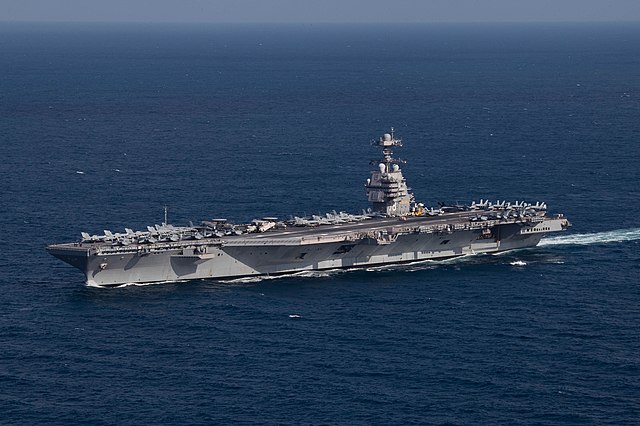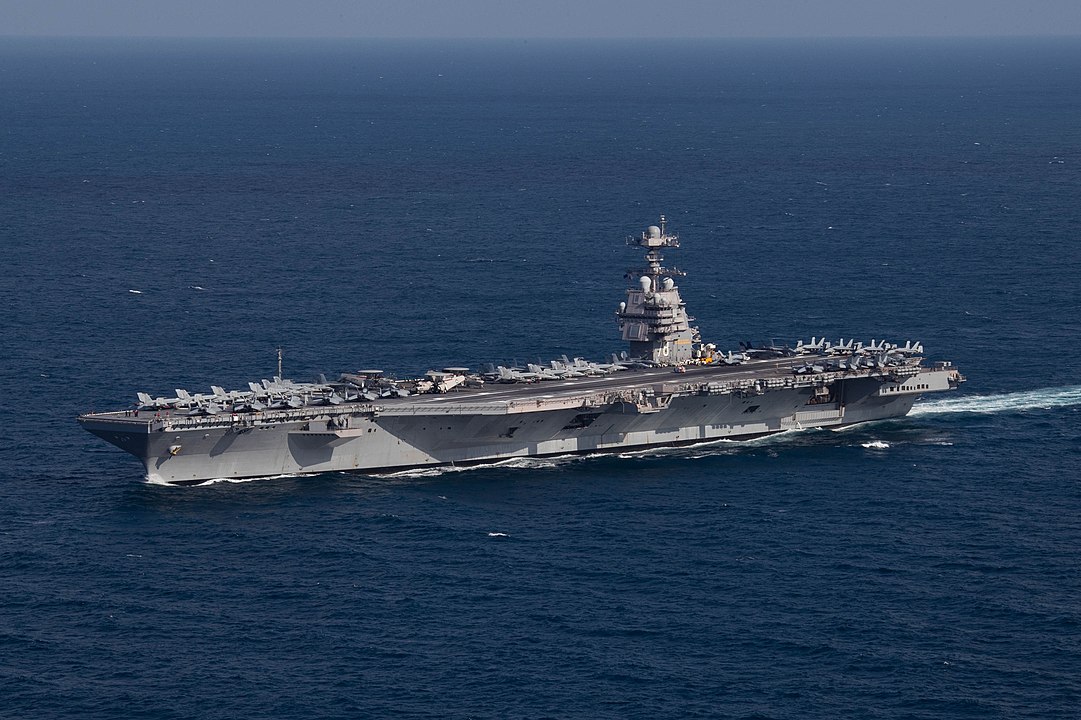
Over the coming decades, the U.S. Navy will replace its aging Nimitz-class carriers with the slightly larger and more advanced Gerald R. Ford-class carriers. The latter nuclear-powered flattops were designed using decades of experience in carrier operations with the Nimitz class, while also incorporating numerous advancements.
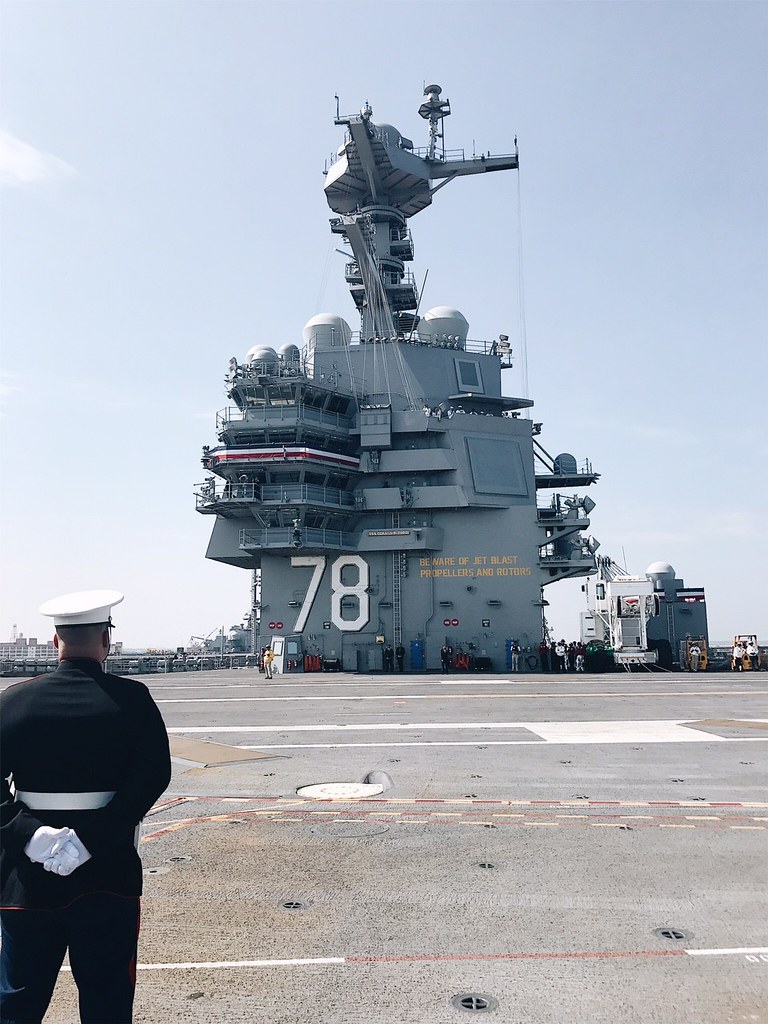
The Gerald R. Ford, which returned to its homeport of Norfolk, Virginia, is the lead ship of the new Ford-class carriers, designed to be a cornerstone of U.S. naval dominance.

Yet as the largest warship ever constructed in terms of displacement, the USS Gerald R. Ford (CVN-78) arrived several years late – and at $13.3 billion, it is also the most expensive warship ever built.
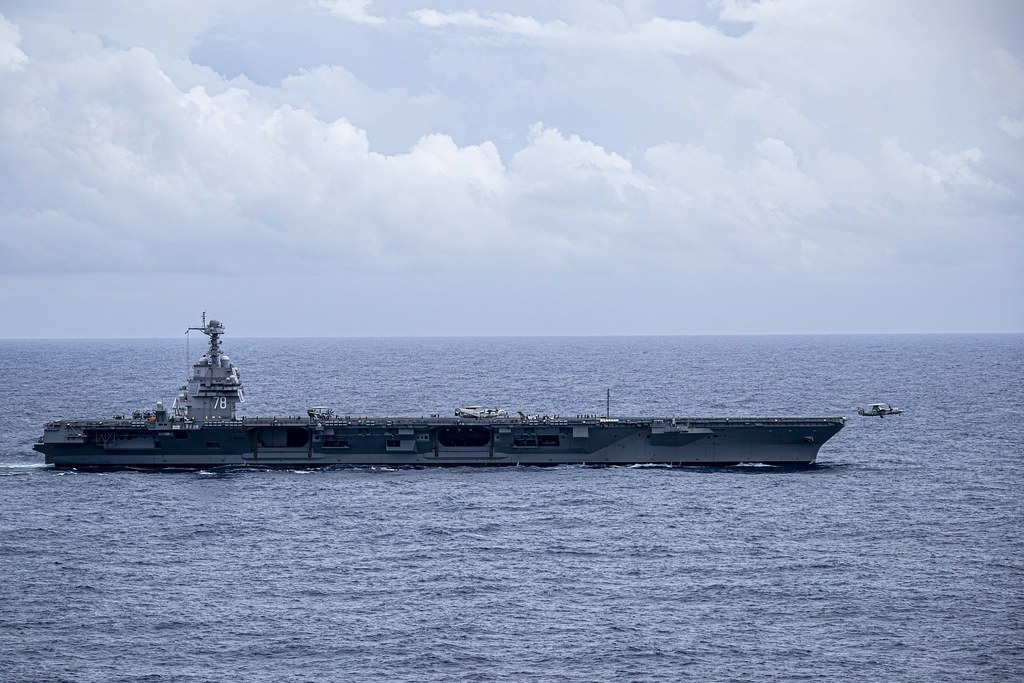
The Ford-class carriers boast a slew of advancements including an Electromagnetic Aircraft Launch System (EMALS), a new nuclear reactor design, and the capacity to operate a range of manned and unmanned aircraft.

The first deployment—a two-month “service-retained deployment” in Atlantic waters that served as an operational stress test—reportedly began on October 4, 2022, more than five years after the ship was commissioned into service, and ended on November 26, 2022.
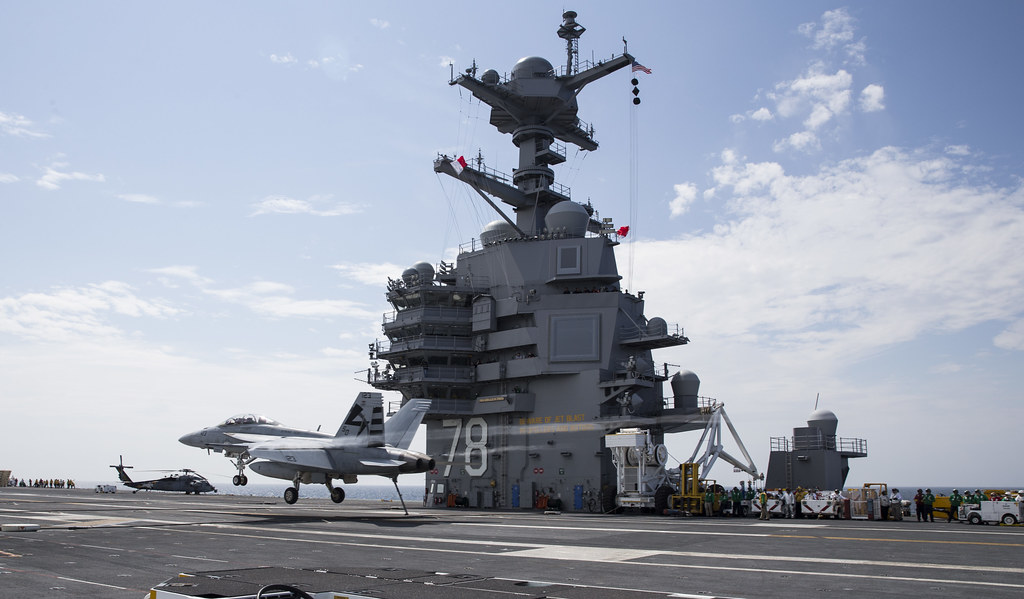
Despite its innovative systems, the Ford has faced numerous technical issues. During sea trials, the ship’s toilets and ordnance elevators experienced malfunctions.

Though CVN-78 has completed an extended deployment to the Mediterranean – where the carrier was on station to help ensure the Israel-Hamas War wouldn’t escalate – the vessel is now preparing for additional upgrades that were delayed during construction.

Moreover, the Ford’s enormous size does not shield it from contemporary hazards. The threat landscape has evolved from conventional enemy aircraft and submarines to include hypersonic missiles, undersea unmanned vehicles, and cyber-attacks.

Questions about the efficiency of such a massive vessel also arise, given its need for regular resupply despite the near-unlimited range afforded by its nuclear reactors.
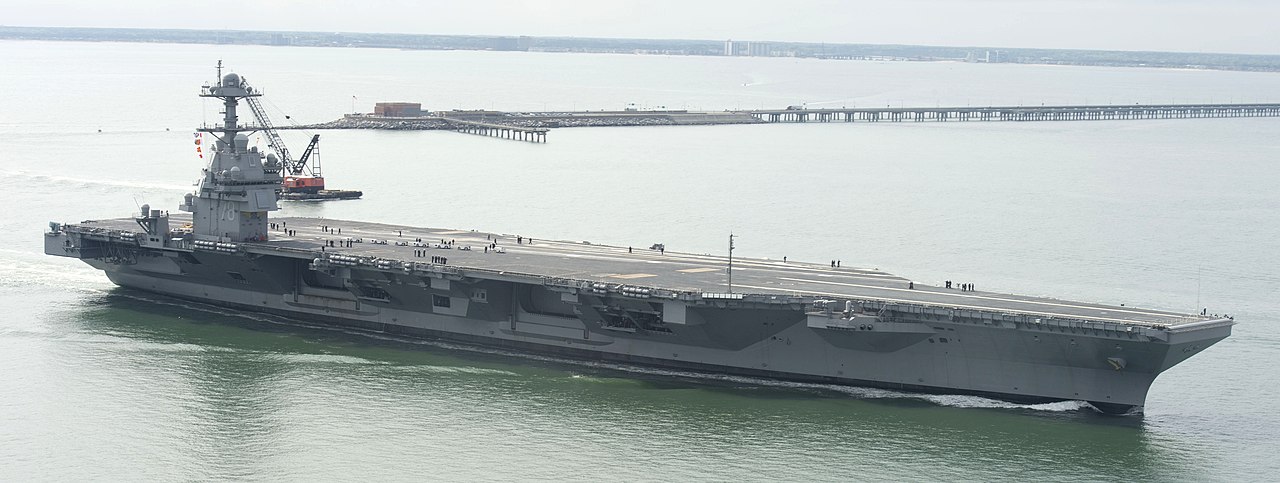
The Congressional Research Service has highlighted the Ford-class program’s cost growth, delayed deployments, and management issues.
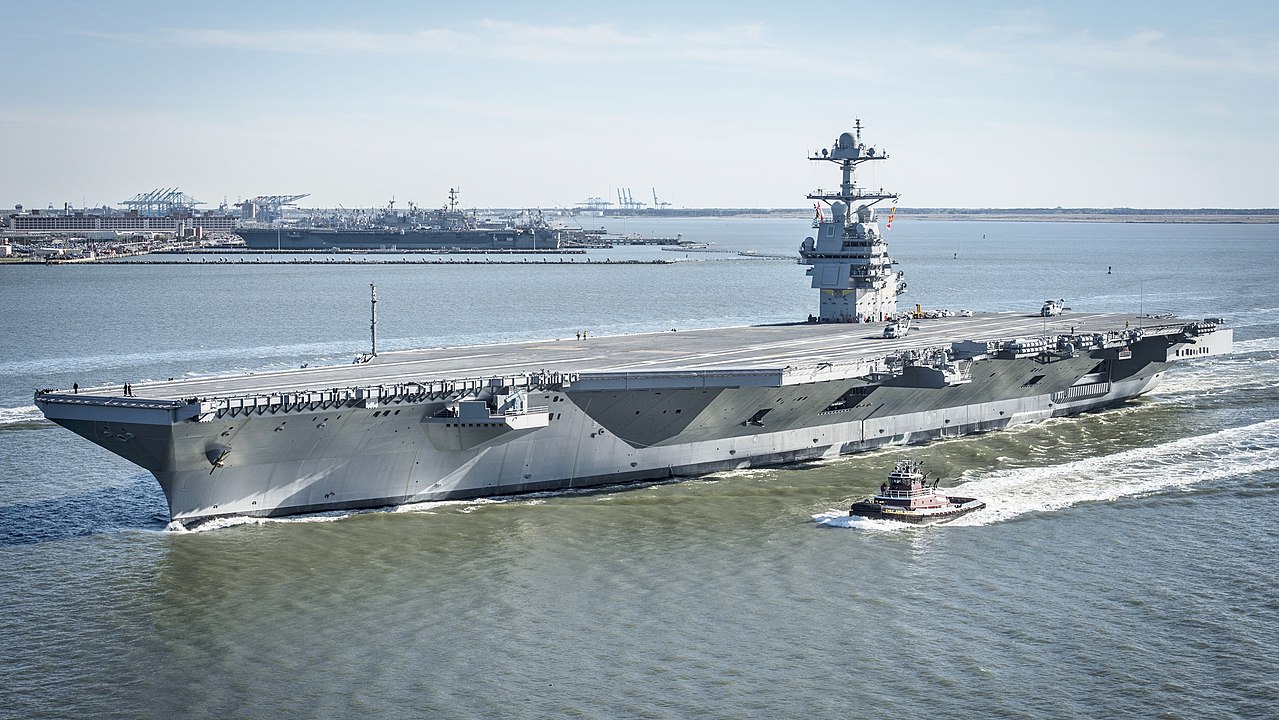
Reports by the Department of Defense’s Director of Operational Test and Evaluation and the Government Accountability Office have further scrutinized the program, revealing additional concerns.

The prospect of enhancing conventional carriers or increasing the use of amphibious assault ships as an alternative to the supercarrier model has been suggested.
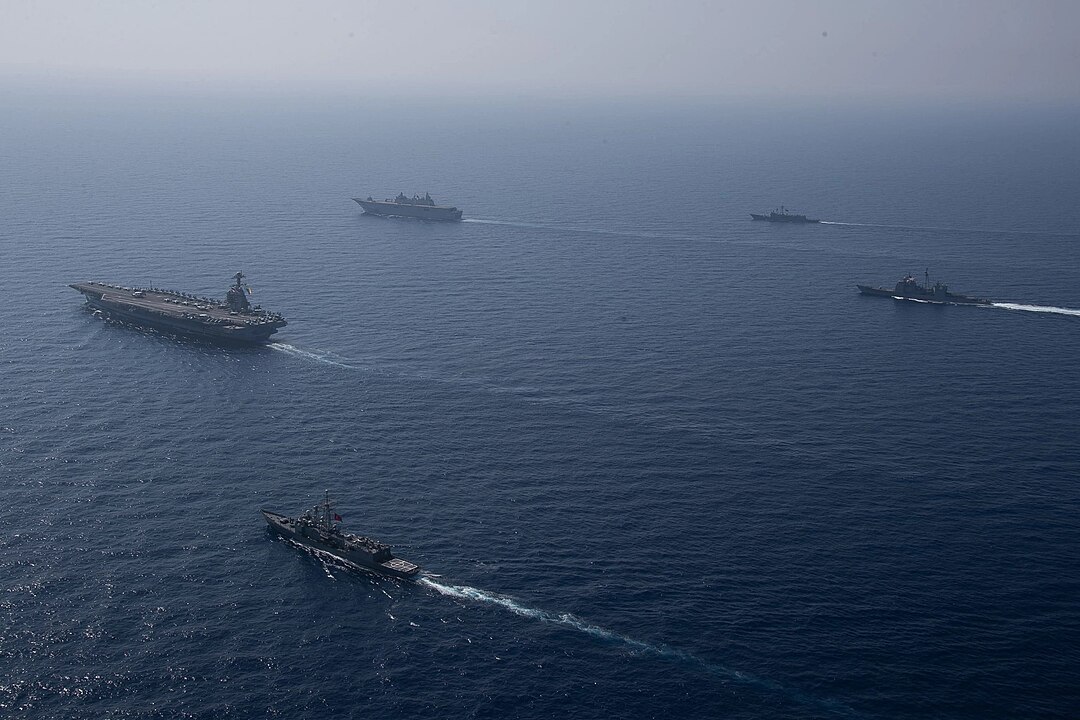
This approach would imply a shift in strategic thinking, potentially leading to a focus on more versatile and cost-effective naval assets that are less susceptible to catastrophic loss.
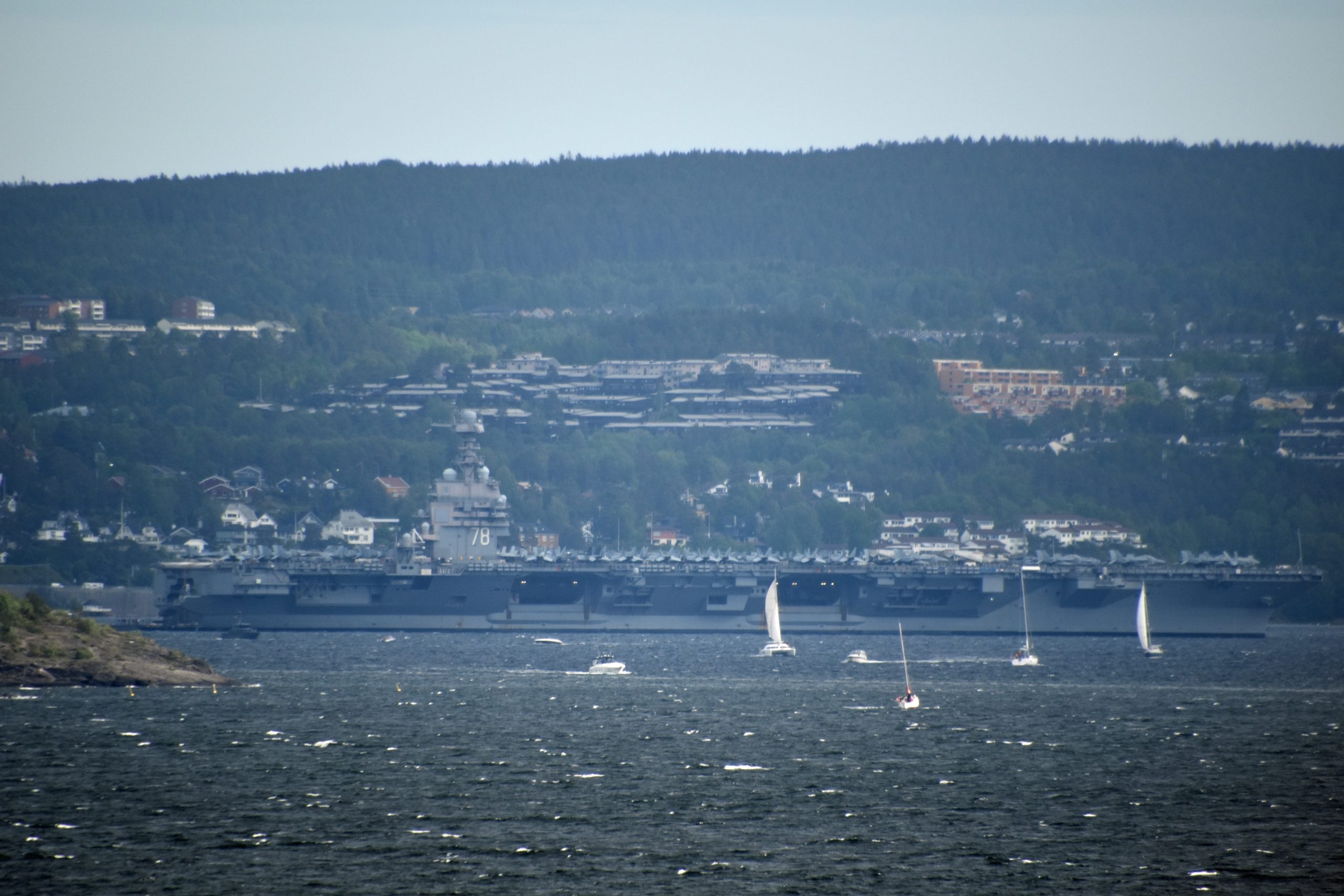
The future of the Gerald R. Ford and its sister ships remains tied to their performance, cost-effectiveness, and adaptability to the fast-changing dynamics of naval warfare.

Even as the cost to construct the next ships in the class has fallen, the Navy will have to pay to eventually dispose of these vessels. It was reported that it could take more than a decade and a half to fully dismantle and scrap the USS Enterprise (CVN-65), the first nuclear-powered aircraft carrier, and the price tag could be more than $1.5 billion.
Relevant articles:
– The Navy’s Ford-Class Aircraft Carriers are a Giant ‘Question Mark’, The National Interest
– Report to Congress on Gerald R. Ford Aircraft Carrier Program, USNI News
– USS Gerald R Ford deployed to assist Israel: 5 things to know about the $18 billion aircraft carrier, The Indian Express
– USS Gerald R. Ford: US Navy’s largest aircraft carrier returning after extended Mediterranean deployment, CNN
